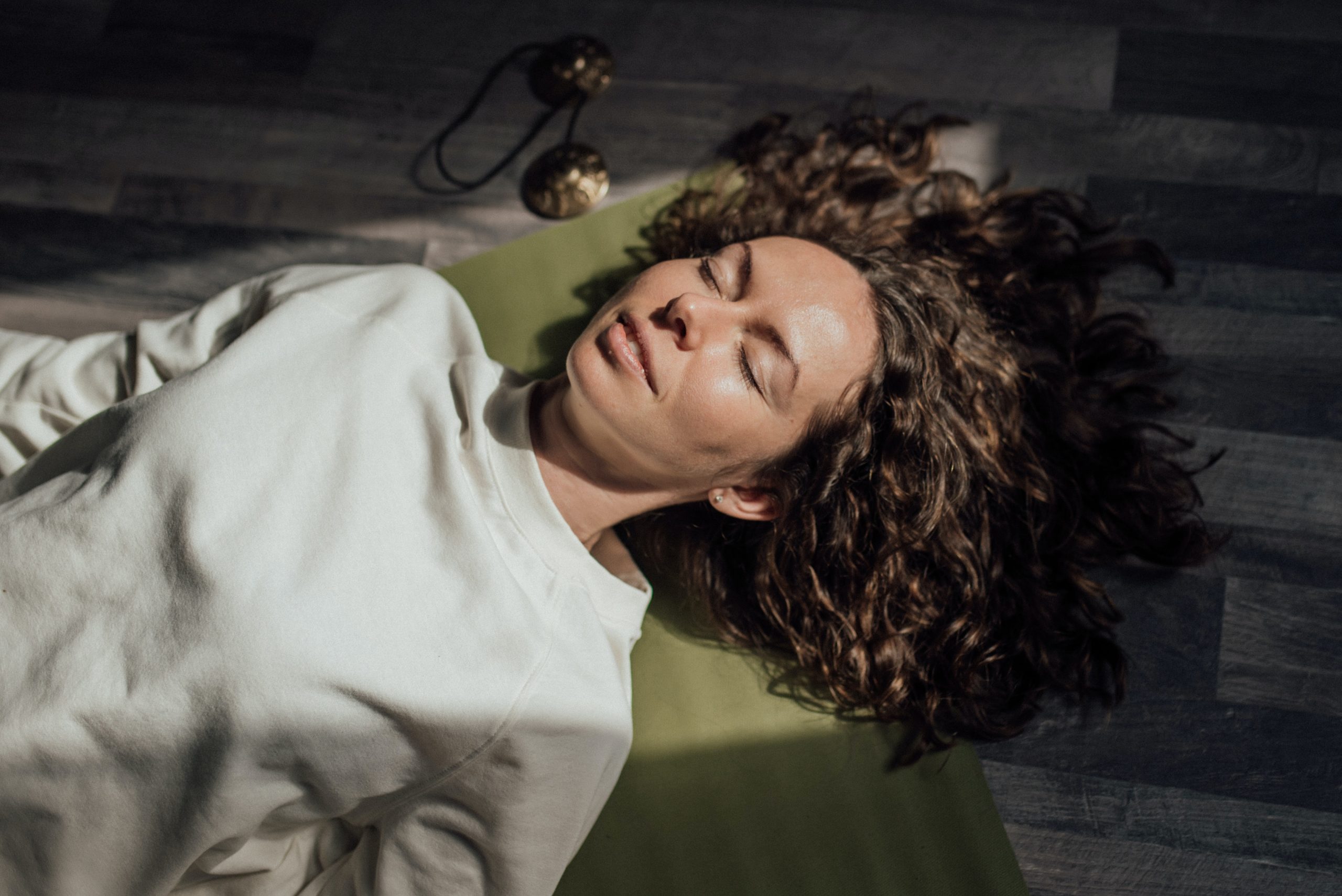Mindfulness in the healing from trauma
Mindfulness is for everyone. And we are all capable of practicing it.
Mindfulness can help in the journey of healing from the trauma of the past by engaging us in what is happening right now. If you are new to mindfulness but wanting to get started, this blog is for you.
What is mindfulness?
Mindfulness is a tool to bring our attention and focus to the present. It helps us to be conscious of where we are and what we are doing. Whether it’s going for a walk and focusing on our movement, or taking a 5 minute break from work to focus on our breathing.
It’s a proven stress reliever, with benefits on mental wellbeing and sleep. And it can be done at any place, at any time, no equipment needed.
How can mindfulness help survivors of trauma?
Mindfulness is for everyone. It helps us when we feel overwhelmed and stressed. For survivors of trauma, mindfulness can be a free tool to help reduce stress and improve mental wellbeing.
Often, we are reminded of the traumas of the past with anniversary’s and the people in our lives. Mindfulness helps to bring our attention to the now and remind our minds and bodies that we are here now, and we are safe.
Mindfulness is an act of self-care.
Ways to practice mindfulness
Mindfulness does not have to be complicated! It only requires us to pay attention to our body, our breathing, and where we are. You can practice mindfulness as you move through your day.
If you want to schedule time for mindfulness, you might like to try one of these exercises.
Walking meditation
Go for a short walk outside or on a treadmill and make the choice to focus on your body as you move. Focus on the feeling of your feet as they make contact with the ground, one after the other.
What other sensations do you feel as you walk? Do your arms swing by your sides? Do you feel a cool breeze on your skin? These are all questions you can ask yourself as you walk mindfully.
Sitting or lying down meditation
Get into a comfortable position (seated or lying down) and bring your full attention to your body and breathing. Close your eyes if you feel comfortable. You might like to start breathing in through your nose and out through your mouth. Notice how your chest rises and falls with each inhalation and exhalation. If your mind wanders, make a note and keep going with your meditation.
Body scan
Get into a comfortable position where you will not be interrupted. You can do a body scan seated or lying down but lying down with your palms face-up is best.
Close your eyes. Now imagine there are rays of sunshine shining down on your toes. Slowly, these rays of sunshine move up from your toes to your calves, and then to your thighs, slowly reaching your pelvis, then abdomen, and moving to your open palms, up your arms, to your chest, shoulders and finally reaching your head.
Now scan again from head to toe, slowly, feeling the warmth of the rays of sunshine at each part of your body like you did in the scan from your toes to your head.

Mindfulness is one of the tools in our toolkit that can help to reduce stress and improve mental wellbeing. It’s an act of self-care that you can do anywhere for free. There are also free, guided meditations and mindfulness exercises on YouTube if you would like a guided experience. This can be helpful for beginners.
One last thing, when you are practicing mindfulness, make sure you provide yourself a judgement-free zone. Our minds wander and that is okay. If you lose your focus when practicing mindfulness, acknowledge this and keep going with your mindfulness exercise.

